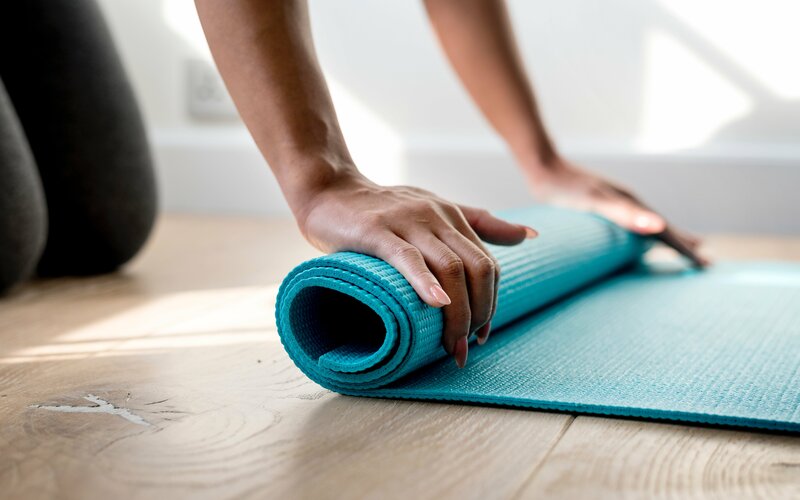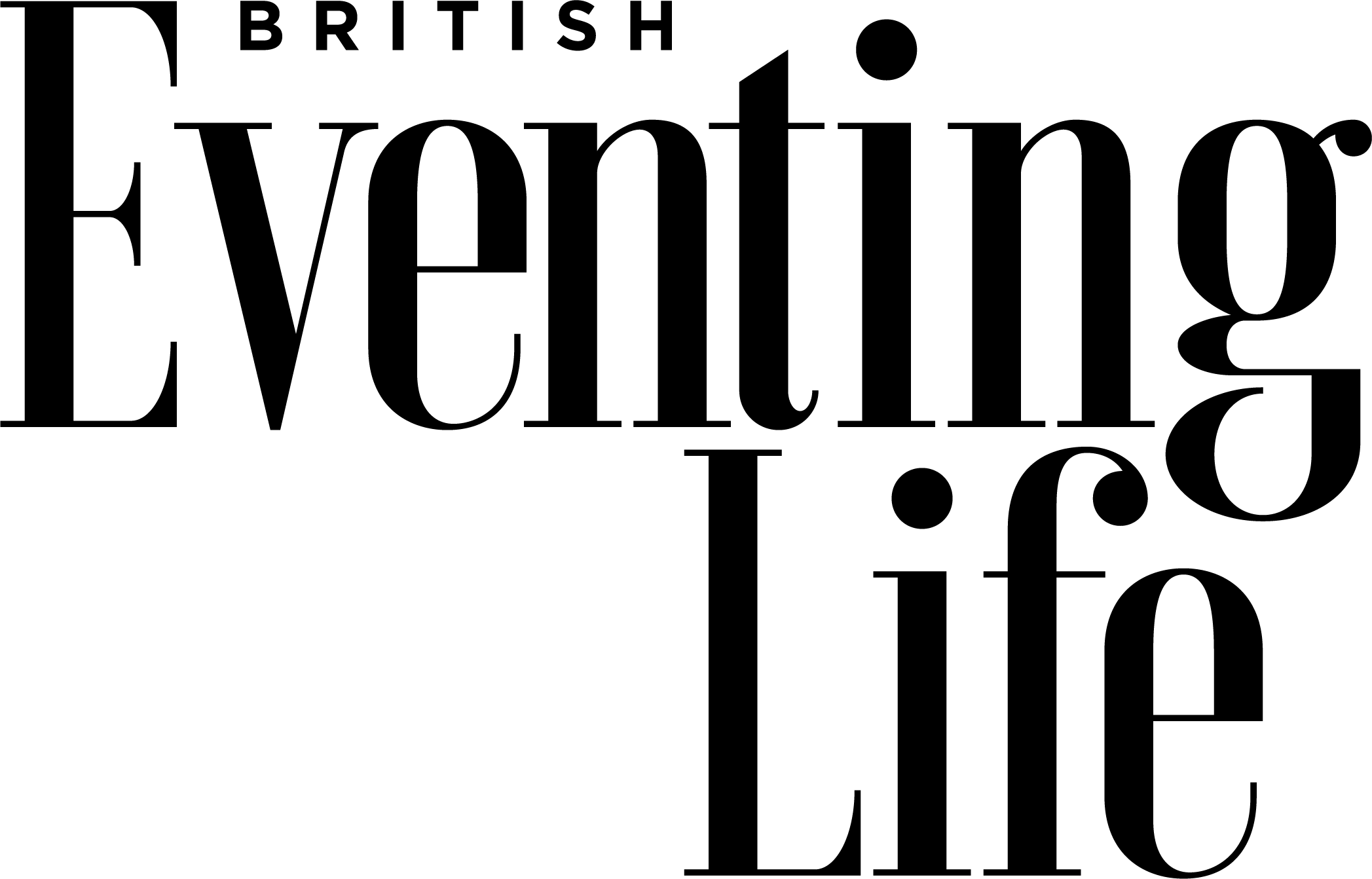
Pilates for event riders – part 2
Liza Randall looks at common rider faults and how a few mind-body pilates exercises can help overcome them.
No matter what your horse is doing beneath you, pilates helps to keep your core muscles strong which will improve your balance.
No matter what your horse is doing beneath you, pilates helps to keep your core muscles strong which will improve your balance.
Relaxation Position
- Most exercises begin at the same starting point, called Relaxation Position.
- Lie on your back with your feet hip-width apart and parallel, feet flat on the floor, knees raised.
- Find a position where your pelvis and spine are in a neutral position – pelvis not tipped forwards or back, but in the middle, with hip bones parallel to the ceiling and your spine with all its natural curves, not flattened into the mat.
- Draw up your pelvic floor muscles from the back to the front (it may help if you think of them as the muscles you would use to stop urinating mid-flow).
- Engage your abdominal muscles, found by imagining you are taking your tummy button through to your back.
Breath to relax - Bracing and tension
- Engaging your core muscles does not mean bracing. That is why pilates movements are executed as you breathe out.
- If tense, a rider’s posture will change, become protective, closed and hunched and their breathing becomes rapid and shallow.
- By taking deep, wide breaths into the ribcage, it slows your breathing and allows your body to move freely and without tension, filling the lungs with oxygen, relaxing you and, in turn, giving you more vigour and energy.
Recovery after riding - Dart position
- Exercises done lying on your front are essential for riders as they will involve extension, which feels blissful after hours in the saddle! Dart is one of those.
- Lie on your front with your face rested on one cheek and your legs parallel, with toes touching and heels dropped out.
- As you breathe out and engage your pelvic floor and abdominals, hover your head, neck and upper chest off the floor and slide your shoulder blades down your back – be careful not to brace here.
- Your arms will rotate at your sides and hover off the mat.
- At the same time, wrap your thighs around each other.
- Breathe in as you hold that position, then go back down to the mat on the out breath. Repeat eight times.
Reduce back pain - Spine curl
- How often do you get off your horse, arching your lower back to get some relief from the stiffness? Back pain is really common among riders and contributes to fatigue and repeated injury if left unchecked.
- Abdominal muscle tone contributes to the stability of the lumbar spine. If this is weak, injuries are common. The transversus abdominis muscle acts like a corset – it wraps all the way around you at lower back level from front to back. Strengthening this muscle, in partnership with the ‘six pack’ muscle and the pelvic floor muscles, helps to keep the lower back protected.
- A spine curl concentrates on moving each vertebrae bone by bone to help free-up your movement and make it flow, rather than move as a block.
- Lie in the Relaxation Position then, on the out breath, engage your pelvic floor muscles and your abdominals, then gently start to peel off the pelvis and start to wheel through your backbone, bone by bone, until you reach shoulder-blade height.
- Take an in-breath while you are up there, then on the next out-breath wheel your pelvis back down, again bone by bone, not rushing, but feeling each movement through your back. Repeat eight times.
Straighten up in the saddle - ‘D’ Shape Exercises
- A horse is a mirror – if your weight is unevenly distributed or if you are stronger on one side than the other, the horse will reflect this as it tries to counter-balance its load – you.
- Try this simple exercise when warming up on your horse – drop your feet out of the stirrups, then lift your inner thighs and hips away from the saddle, in a ‘D’ shape with the right leg (backwards ‘D’ with left leg); then drop and stretch the leg down through the thigh which helps to lengthen your leg; open and release your hip and secure your position.
- Lift your tummy, sliding your shoulder blades down your back without bracing.
- Breath wide and deep, looking straight ahead and not down.
Release tension
- A lot of tension can be carried in the shoulders and neck.
- Lie on your back in the Relaxation Position.
- Make sure your shoulder blades are flat onto the mat underneath you.
- Make sure you are engaged through your centre before you lift both arms above your head, palms facing.
- Reach one arm up above your head and drop it down; repeat 12 times and then continue with the other arm.
- You should begin to feel your shoulders and upper back releasing and any tension melting away.
